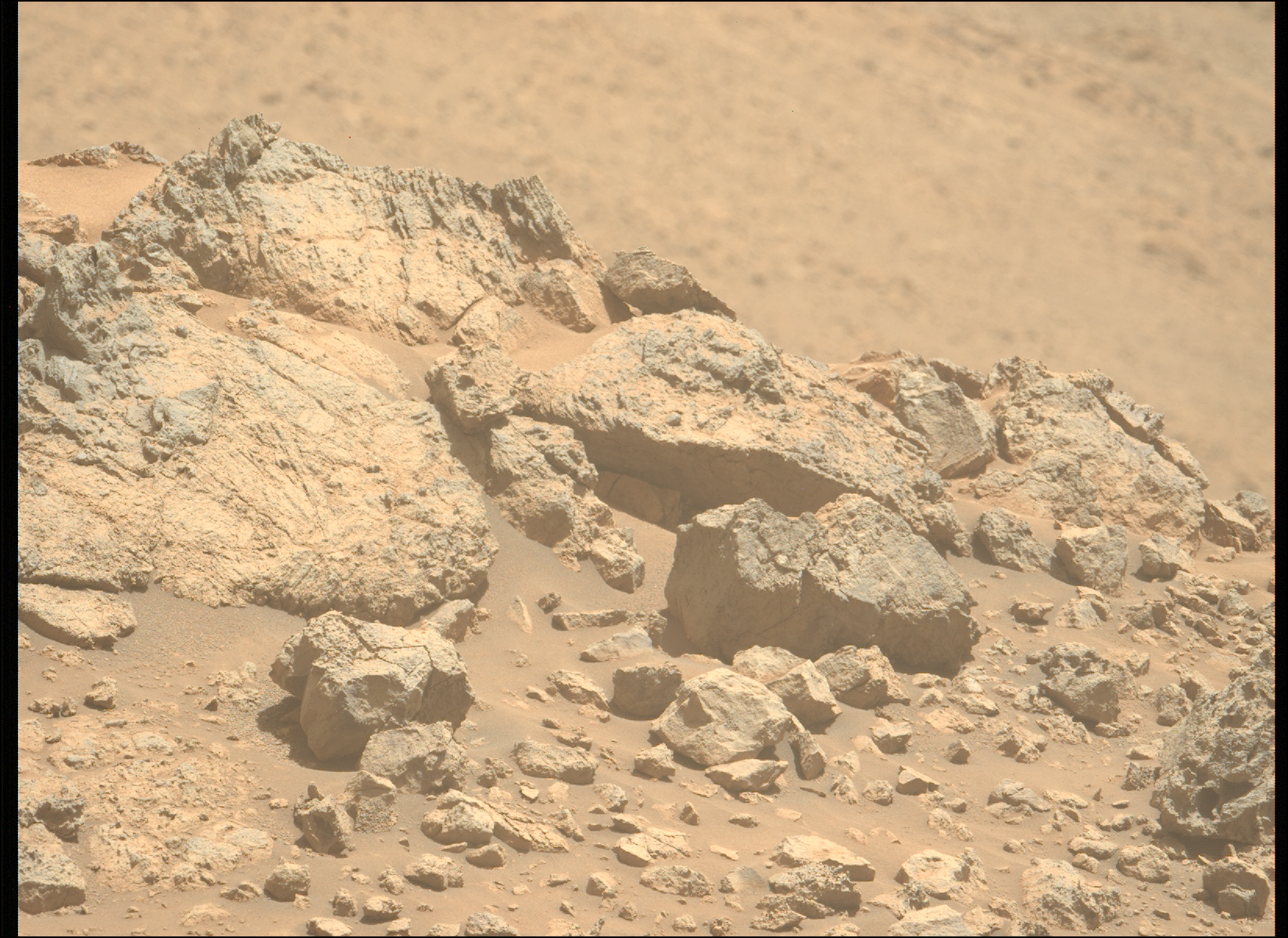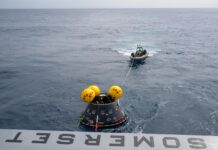Mars has recently become a popular stopover point for several space missions, as various spacecraft have taken the opportunity to fly by the Red Planet on their journeys to more distant destinations. Two notable examples of these flybys occurred in March when NASA’s Europa Clipper and the European Space Agency’s Hera spacecraft passed close to Mars. Additionally, NASA’s Psyche mission is slated for a similar maneuver in 2026. These flybys are not merely for sightseeing; they serve a critical purpose in space exploration—utilizing Mars’ gravitational pull to gain speed and propel spacecraft toward their final destinations.
The Europa Clipper’s recent journey saw it glide within 550 miles (884 kilometers) of Mars’ surface as it made its way to Jupiter. This mission aims to study Jupiter’s moon Europa, particularly its potential subsurface ocean. Meanwhile, the Hera spacecraft approached Mars to a distance of about 3,100 miles (5,000 kilometers) and came even closer to its moon, Deimos, at just 300 kilometers away. Hera is on its path to the Didymos binary asteroid system to study its moon Dimorphos, a mission that continues the work initiated by NASA’s DART mission, which successfully demonstrated asteroid deflection.
Next in line is NASA’s Psyche mission, which is scheduled to pass by Mars in May 2026. This mission is en route to the metal-rich asteroid 16 Psyche, a target of great interest because it is believed to be the exposed core of a protoplanet. By studying 16 Psyche, scientists hope to gain insights into the building blocks of planet formation and the history of our solar system.
### The Science Behind Gravity Assists
The reason for these Mars flybys goes beyond simple reconnaissance. The core objective is to leverage Mars’ velocity around the Sun to accelerate the spacecraft, a technique known as a gravity assist. This maneuver allows spacecraft to gain speed without consuming additional fuel, making it an efficient way to extend the reach of missions into the solar system.
The gravity assist works by approaching the planet at a specific angle and then slingshotting away in the direction of the planet’s orbital path around the Sun. This approach enables the spacecraft to gain additional velocity, effectively borrowing some of the planet’s motion. The closer the spacecraft approaches the planet, the greater the increase in speed. However, care must be taken to avoid the upper atmosphere, as this could slow down the spacecraft, which is why missions maintain a distance of several hundred kilometers from the planet’s surface.
An interesting case of this principle is the Europa Clipper’s flyby, which was a slight deviation from the norm. Instead of gaining speed, the Clipper slowed down by about 1.2 miles per second (2 kilometers per second) to align for a subsequent gravity assist from Earth in December 2026. This maneuver is part of a carefully orchestrated sequence to ensure the Clipper reaches Jupiter by 2030.
### Observational Opportunities
While the primary purpose of these flybys is gravitational assistance, many spacecraft also take advantage of the opportunity to observe Mars and its moons. For instance, during the Europa Clipper’s flyby, the Mastcam-Z aboard the Perseverance rover was programmed to watch for signs of the spacecraft. The Clipper’s large solar panels could have reflected enough sunlight to make it visible in the Martian night sky, much like how we can observe satellites from Earth. However, the spacecraft entered Mars’ shadow just before it was expected to appear above the horizon, so the sighting did not occur. Despite the missed opportunity, such efforts underscore the potential for interplanetary observations.
### Perseverance’s Ongoing Exploration
Back on the Martian surface, the Perseverance rover continues its exploration of the Jezero Crater. Recently, the rover approached a steep rock formation known as “Sally’s Cove,” located on the outer rim of the crater, just north of “Broom Hill.” During this phase, which took place from March 19 to March 23, Perseverance focused on examining dark-colored rocks along the outcrop. These investigations are part of the rover’s broader mission to search for signs of ancient microbial life and collect samples for future return to Earth.
The rover’s exploration of Jezero Crater has already yielded fascinating insights, including the discovery of “spherules,” small spherical formations that may hold clues about Mars’ geological history. As Perseverance continues its mission, scientists are eager to uncover more about the planet’s past and its potential to have supported life.
### Conclusion
The recent flybys of Mars by spacecraft such as the Europa Clipper and Hera, alongside the upcoming Psyche mission, highlight the strategic importance of the Red Planet in interplanetary travel. By leveraging Mars’ gravitational pull, these missions can achieve greater speeds and reach distant targets more efficiently. At the same time, these flybys offer unique opportunities for observation and calibration, contributing to our growing understanding of both Mars and the broader solar system.
As we look forward to future missions and the ongoing work of the Perseverance rover, the exploration of Mars continues to captivate our imagination and expand our knowledge of the universe. For more detailed information on these missions, you can visit NASA’s official website and the European Space Agency’s mission pages.
For more Information, Refer to this article.


































